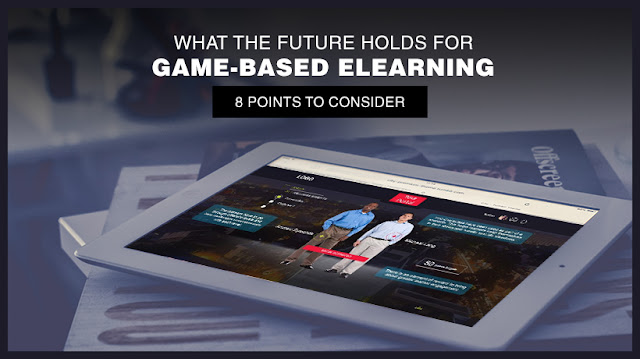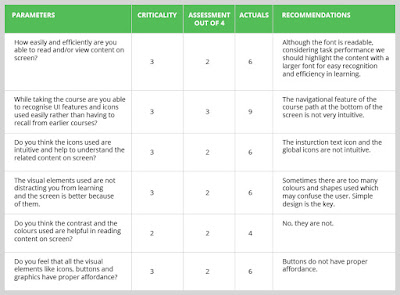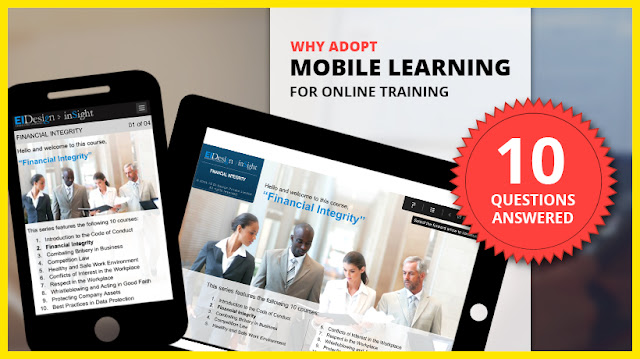Is your serious game strategy getting a bit stale? Do you need to infuse new life into your online training simulations and scenarios? In this article, I’ll explore 6 creative ideas on how to use serious games in your corporate eLearning strategy.
How To Creatively Use Serious Games In Corporate eLearning
Serious games already have a creative flair. Tvirtual learning environment. But using the same game play approach can get a bit boring. Your employees are looking for something new and exciting from your corporate eLearning course. Have no fear, because here are 6 creative ideas to use serious games in corporate eLearning. They allow employees to progress through levels, unlock rewards, and immerse themselves in an engaging
1. New Hire Scavenger Hunt
Your new employees are usually under a lot of stress on their first day. They don’t know anyone and aren’t familiar with your work processes. Sure, your onboarding online training covers the basics, such as company policy and job expectations, but that usually doesn’t calm their nerves and appease their worries. The question is: how do you make them feel right at home while imparting real world experience? The answer is a serious game scavenger hunt that breaks the ice. Create an online training simulation that features workplace images, characters, and sounds, or use the power of geolocation and augmented reality to develop a mobile app. Invite your new hires to explore the sales floor and other areas of the facility in search of objects.
2. Product Knowledge Mix And Match
Employees need to know the features and benefits of your products, but online demos and tutorials may not be interactive enough to hold their attention. In this case, a product knowledge mix and match game is the ideal solution. Employees are introduced to a variety of customer personas. This includes their purchasing needs, a bit about their background, and their available budget. On the other side of the screen is a collection of products or services, along with their important details. The player must match each customer with the best product in order to unlock the eLearning scenario for that character. During the eLearning scenario the employee must negotiate the deal and complete the sales process.
3. Compliance Online Training Quiz Show
Most people enjoy a good game of trivia, especially when they think they’re getting a tedious online training lecture. You have the power to make your compliance online training courses engaging and entertaining by turning it into a quiz show. Employees must apply their knowledge and skills to answer questions, earn points, and access the next level. Take advantage of friendly competition by adding a leaderboard into the mix. This may be in the style of a traditional trivia show, like Jeopardy, or you can take a story-based approach. For instance, employees have to answer a series of questions in order to defeat the boss or unlock the door. Quiz shows are also great for collaborative online training, as you can divide the group into teams. Each team appoints a leader who answers on their behalf, and the winners get a special reward.
4. “What If” Online Training Simulations
“What if” online training simulations give employees the opportunity to explore hypothetical situations. If they made a decision that went against the status quo or took another approach, what might happen? These online training simulations can even be long-term to mimic real world tasks and challenges. For instance, a managerial simulation requires weekly check-ins to monitor the team’s performance and evaluate virtual sales reports. This gives supervisors the experience and knowledge they need to lead their subordinates. Your staff can explore the consequences of their decisions and experiment with the desired outcomes. As an example, the employee tries a new approach when they complete the simulated task. They have the chance to see what works, what doesn’t, and how to improve their strategy. What if online training simulations can also feature computer-generated challenges and questions that throw a wrench into the works, such as a dissatisfied customer with a unique problem.
5. Multiplayer Mysteries
This serious game is a bit more involved, but it is well worth the time and effort. Firstly, divide employees into groups and assign each a mystery. This may be in the form of a real world example, case study, or complex story. Alternatively, allow them to choose their own mystery from a list of titles. Make sure that the titles are ambiguous so that you create a sense of intrigue. Then employees participate in the first level of the online training simulation, which introduces them to the main characters and sets the scene. Upon completion, corporate learners discuss the story thus far and share their thoughts before progressing to the next chapter. After each section they have the opportunity to collaborate and collectively problem solve. Project Management online platforms and online forums allow them to interact and assign tasks. At the end of the gaming experience each group shares their findings and talks about their work process.
6. Hidden Object Online Assessments
There are a variety of ways to use serious games as online assessments. However, hidden object games are usually easy to create and extremely effective. Corporate learners must find objects concealed in an image based on the clues. For example, they would look for a piece of equipment or safety gear in response to the question. Clicking on the hidden object and dragging it onto the target, triggers a correct answer. This approach is ideally suited for quantitative online assessments, as it doesn’t reveal how well a corporate learner knows the topic. You should also bear in mind that employees with special needs require an alternative testing method. For instance, those who are vision impaired, as it’s a highly visual online training activity.
Serious games improve online training effectiveness and employee engagement by incorporating the fun factor, but they must also align with organizational objectives in order to improve your corporate eLearning ROI. These serious games with a creative spark can make your corporate eLearning program more memorable, entertaining, and motivational.
Serious games aren’t just for experienced employees? Read the article 7 Tips To Use Serious Games In Onboarding Online Training to find some helpful tips for using serious games in your onboarding online training to motivate your new hires.














